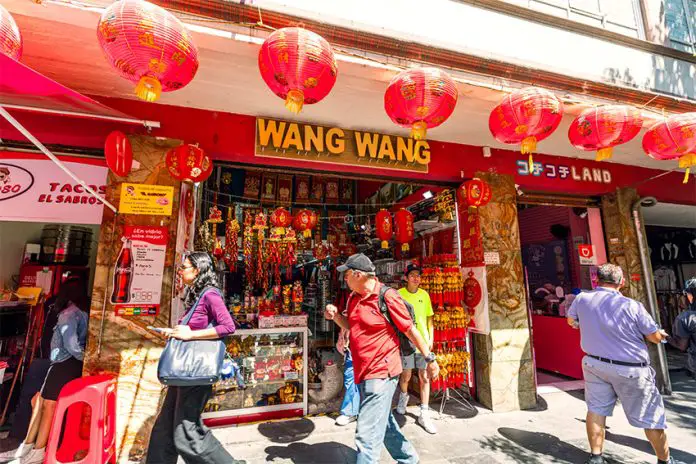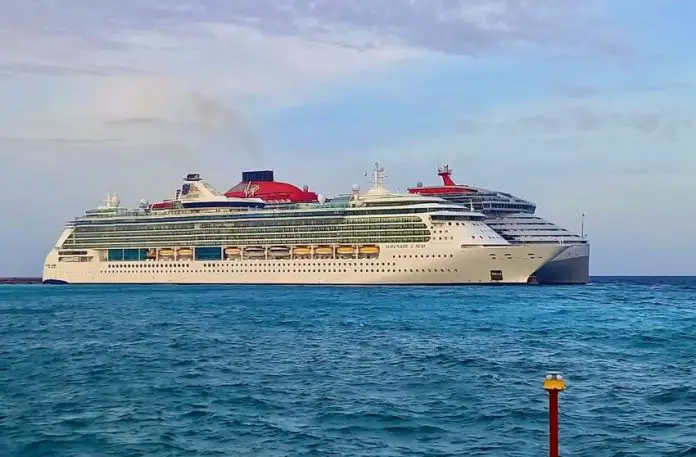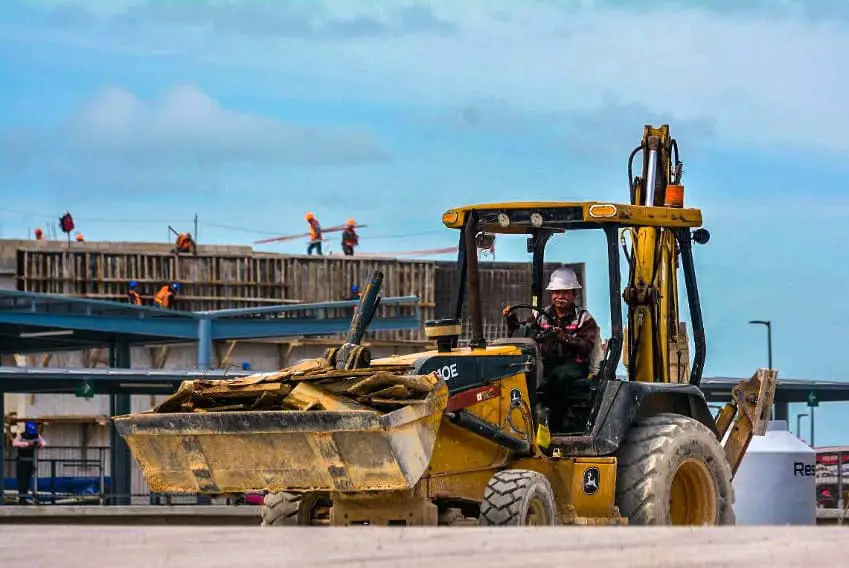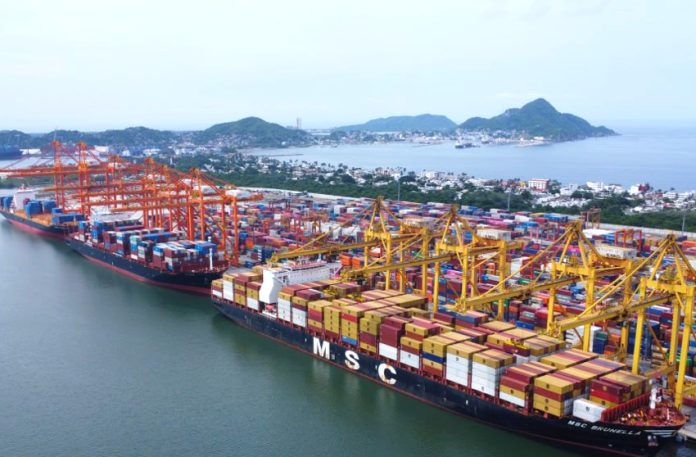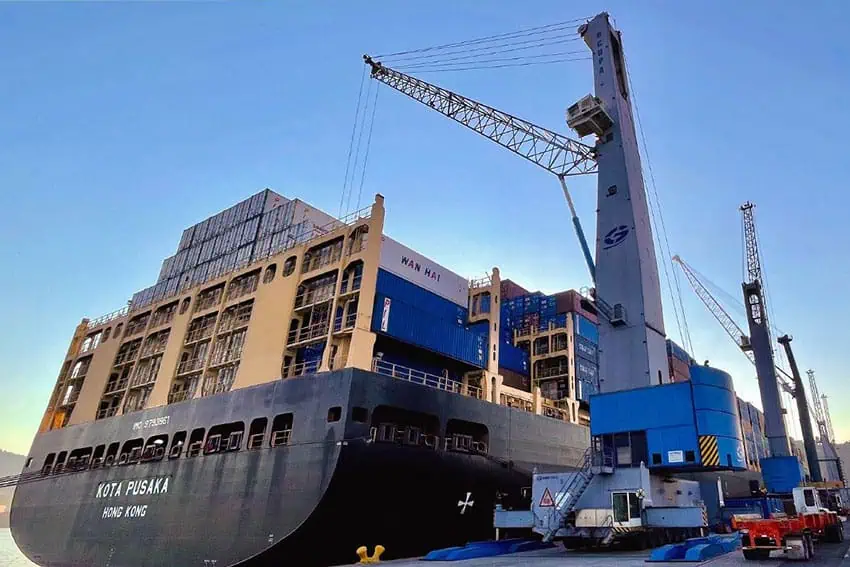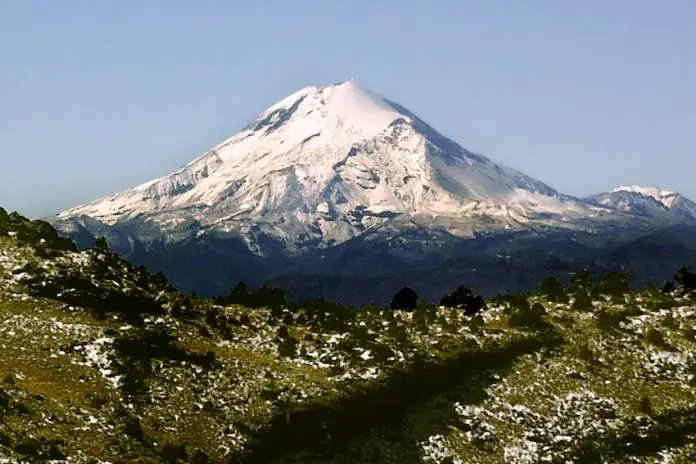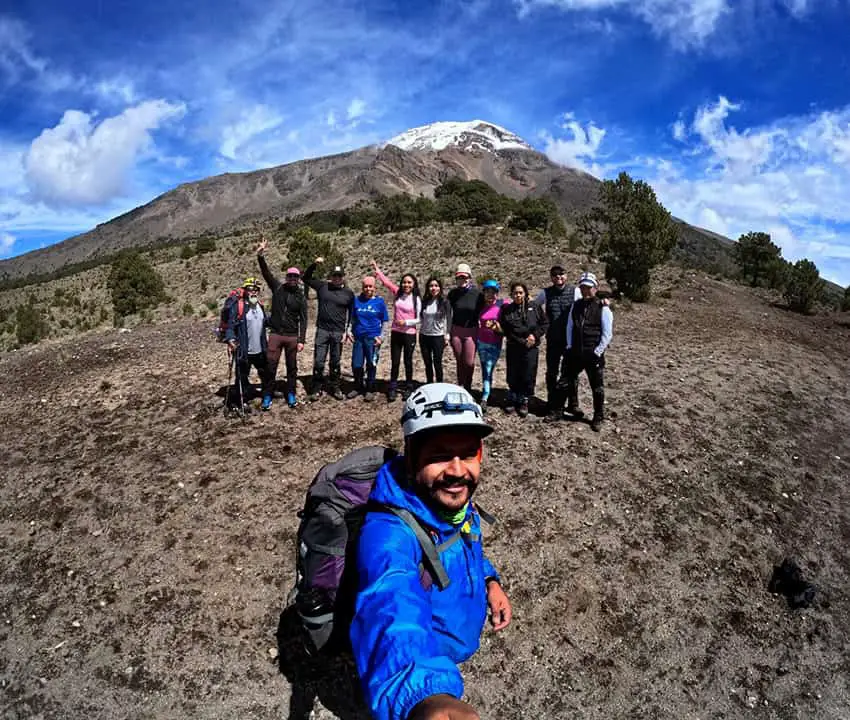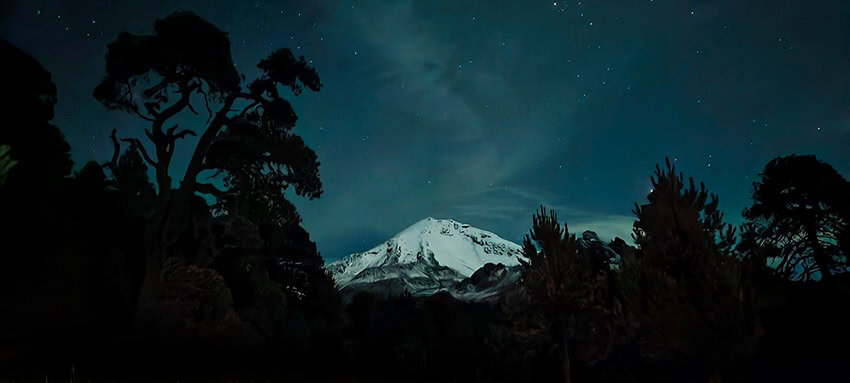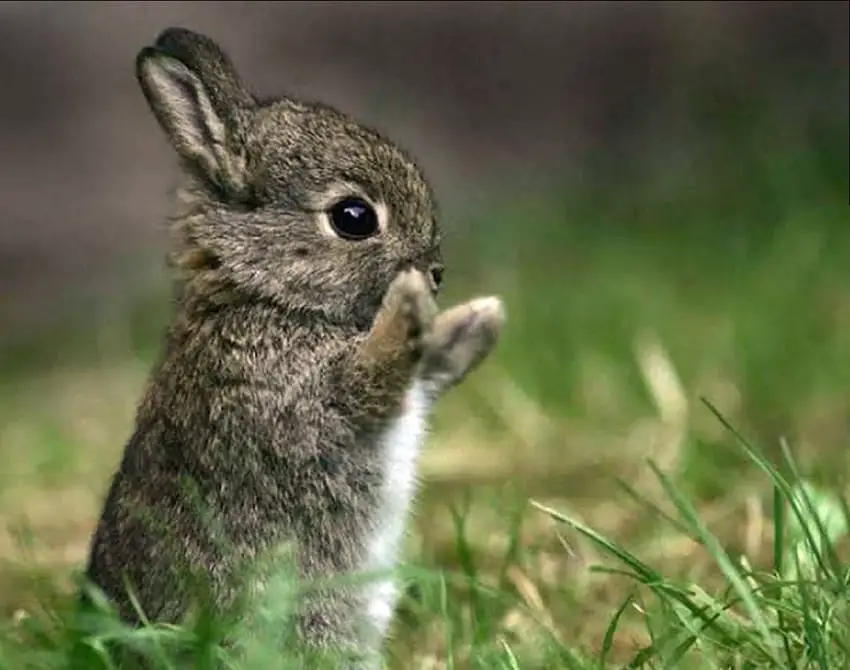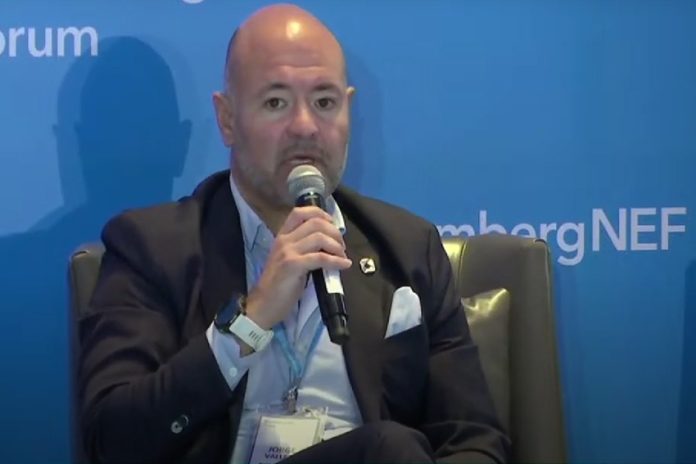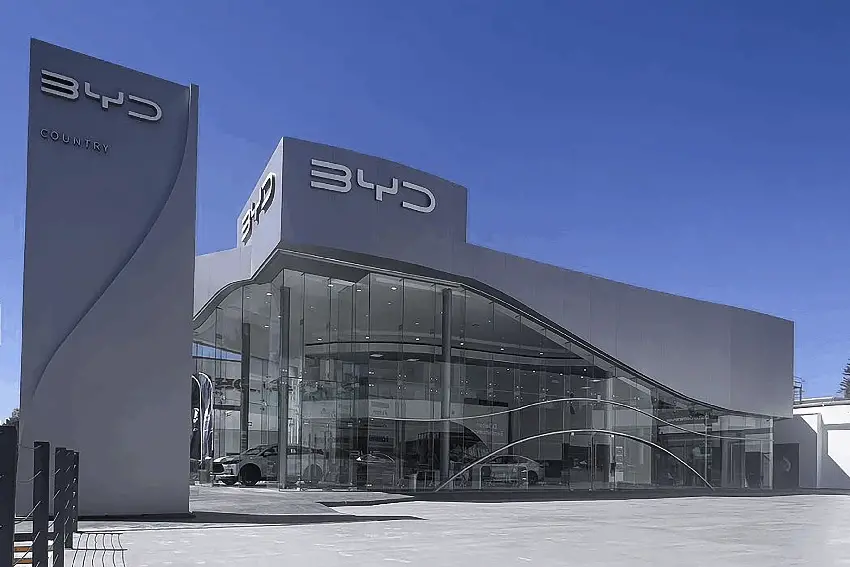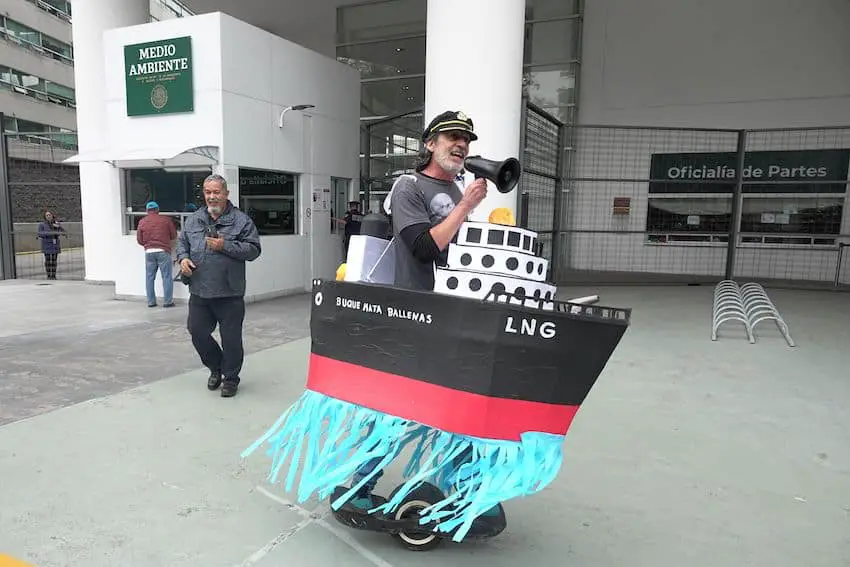The path to the United States goes through Mexico for a growing number of Chinese citizens.
United States Customs and Border Protection (CBP) agents encountered 35,093 Chinese citizens at the U.S.-Mexico border between October 1, 2023 — when the current U.S. fiscal year began — and July 2024.
An article published in the migration-focused digital magazine of Mexico’s Interior Ministry (Segob) highlighted that the figure represents an increase of more than 1,600% compared to the 1,970 Chinese citizens detected crossing the U.S.-Mexico border in fiscal year 2022.
In fiscal year 2023, the number of CBP encounters at the U.S. southern border with Chinese citizens increased 1,121% to 24,048, before increasing 46% in the current fiscal year (excluding data for August and September).
Mexican data on Chinese migrants who entered Mexico irregularly also shows an increase of over 1,000% between 2022 and 2023. Between 2019 and 2023, the increase was a whopping 42,367%.
The article published in Segob’s magazine said that the objective of most Chinese people who enter Mexico without going through official immigration channels — mainly via the country’s border with Guatemala — is to get to the United States.
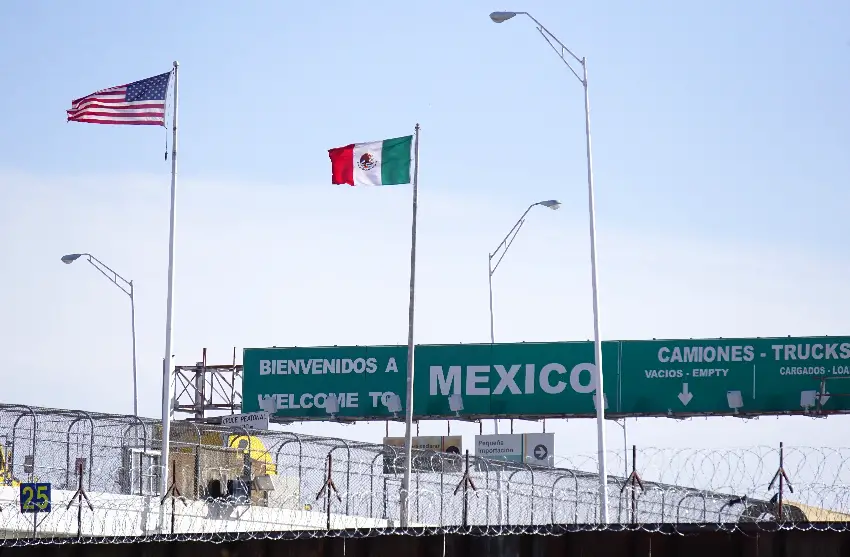
An article published by the Wilson Center in March said that many Chinese who arrive at the United States southern border “claim political asylum, citing fears of President Xi Jinping’s authoritarian rule and the experience of draconian zero-COVID policies.”
“Many also express skepticism of the Chinese economy and fears of eventually being cast into poverty,” it added.
The article in the Segob magazine, written by Juan Bermúdez Lobera and María de los Ángeles Calderón San Martín, also noted that the number of irregular migrants in Mexico from other Asian countries, including India, Nepal, Bangladesh and Afghanistan, increased significantly between 2022 and 2023, although not to the extent that Chinese migration increased.
Mexico’s Chinese-born population has surged this century
Regular Chinese migration to Mexico has also increased significantly in recent years.
Federal government data shows that 5,070 Chinese citizens received temporary or permanent resident status in Mexico last year.
That figure represents an increase of 101% compared to the 2,517 residency cards issued to Chinese people in 2022.
According to an estimate in the article in Segob’s magazine, 5,872 residency cards will be issued to Chinese citizens this year. That would represent a 16% increase compared to 2023.

So far this year, the only countries whose citizens have been issued more temporary residence permits than Chinese people are the United States and Colombia.
The aforementioned article attributed the increase in Chinese residents in Mexico to growing trade and investment ties between China and Mexico as well as cultural and family reasons. Mexico is benefiting — and hopes to benefit a lot more — from the relocation of companies from China as part of the nearshoring trend.
In 2000, just 1,847 Chinese-born people were legal residents of Mexico, according to the census conducted that year. By the time the 2020 census was carried out, that number had risen 471% to 10,547. Close to 40% of that number were living in Mexico City.
Based on data pertaining to the issuance of residency cards between 2021 and 2024, the number of Chinese residents in Mexico is now around double the 2020 number.
In their article, Bermúdez and Calderón highlighted that there are more Chinese people living in Mexico than citizens of any other Asian country.
A search for freedom and opportunity
The Associated Press reported last month that many Chinese immigrants to Mexico “have hopes to start businesses, … taking advantage of Mexico’s proximity to the U.S.”
Others work for Chinese multinational companies that have a growing presence here.
AP also said that “others are leaving China in search of greater freedoms.”
One such person is 50-year-old Tan, who came to Mexico City from the Chinese province of Guangdong this year and found work at a Sam’s Club store.
In China, he said he could feel “the political regression, the retreat of freedom and democracy.”
“The implications of that truly make people feel twisted and sick. So, life is very painful,” Tan told AP.
In Mexico City, “what caught his attention … were the the protests that often pack the city’s main avenues,” the Associated Press reported. “Proof, he said, that the freedom of expression he longs for exists in this country.”
With reports from La Jornada and AP
* Mexico News Daily regularly reports on growing ties between Mexico and China, with a particular emphasis on trade and investment. Here are some of our previous articles.
- Chinese investment is ‘pouring’ into Mexico – but where’s the money?
- How is an influx of Chinese commerce impacting Mexico City?
- Sheinbaum administration wants US help to reduce Mexico’s imports from China
- China to Mexico: First direct flight in 4 years touches down at AICM
- Wake up North America! The flood of Chinese investment is real
